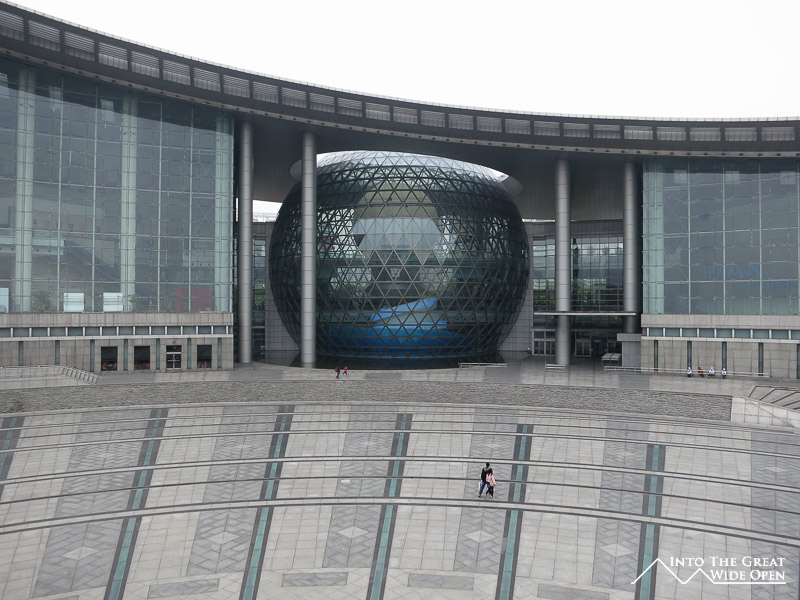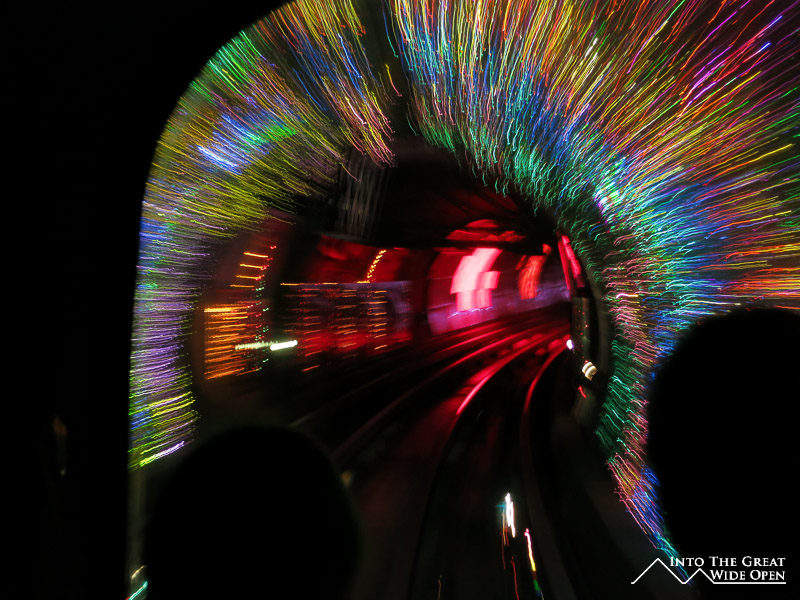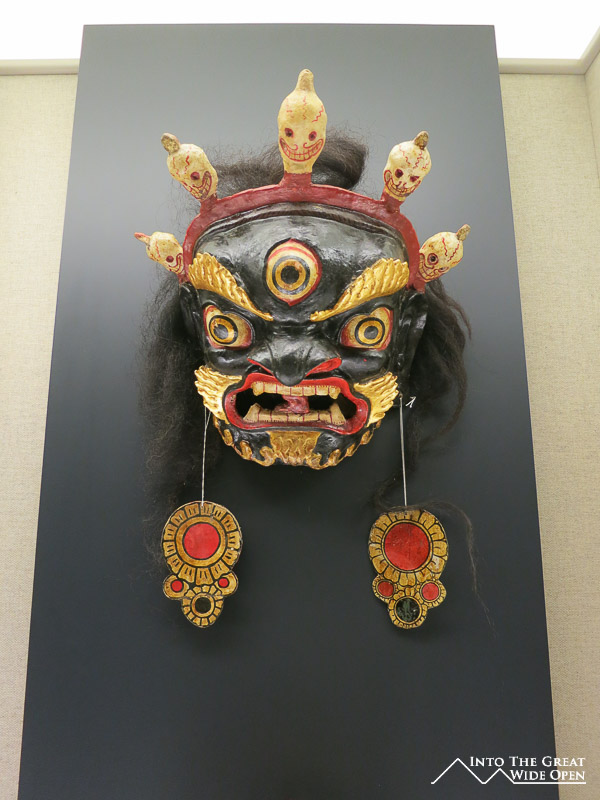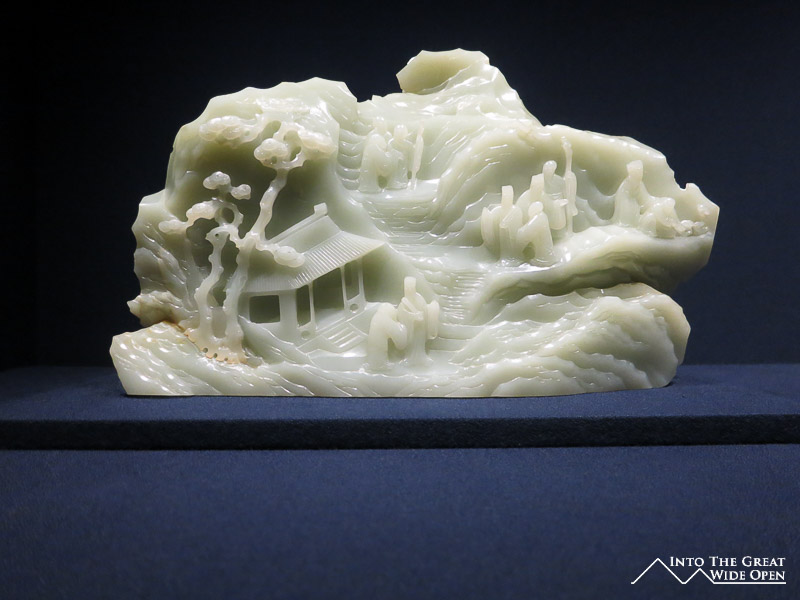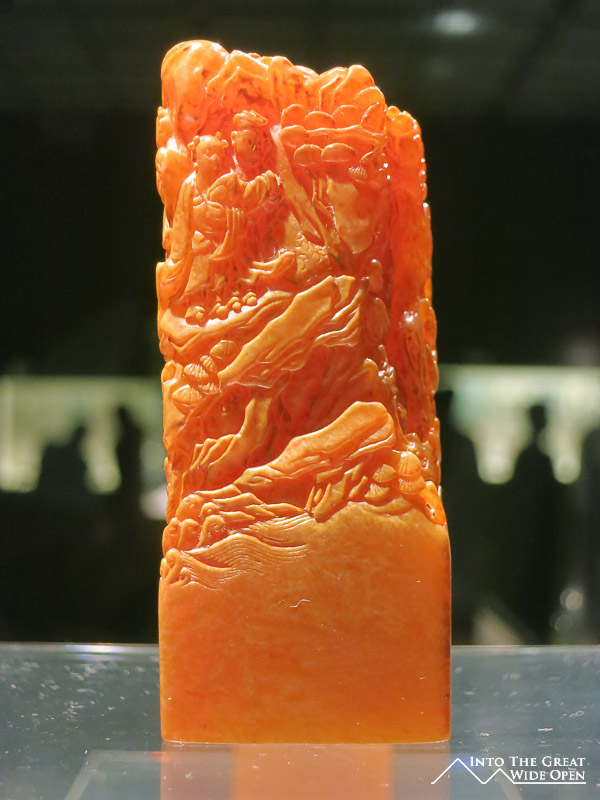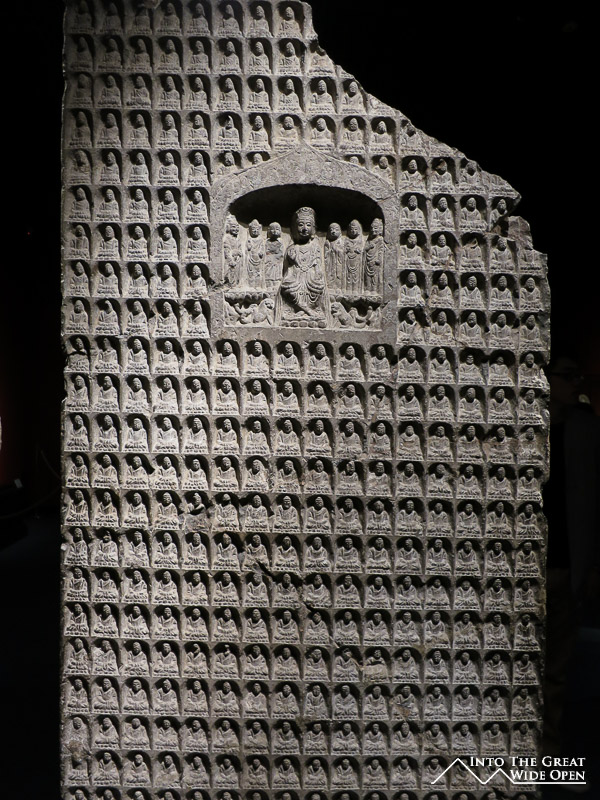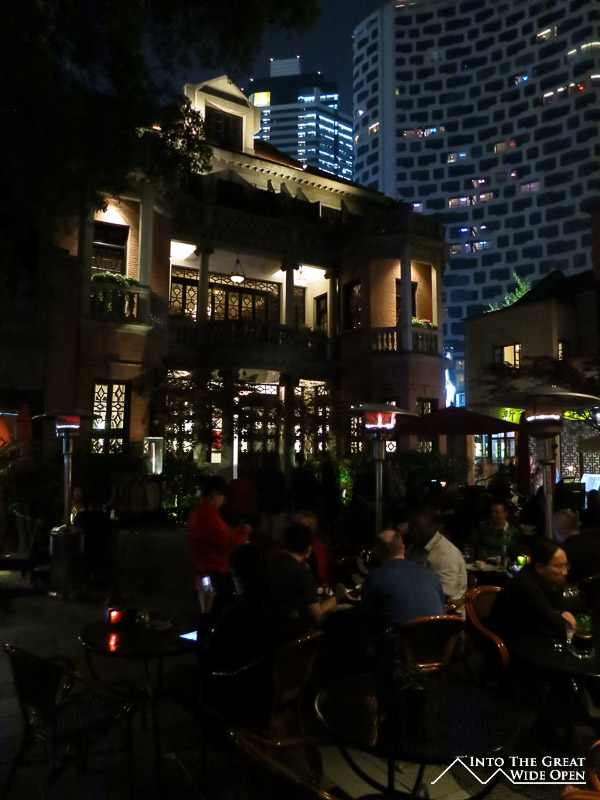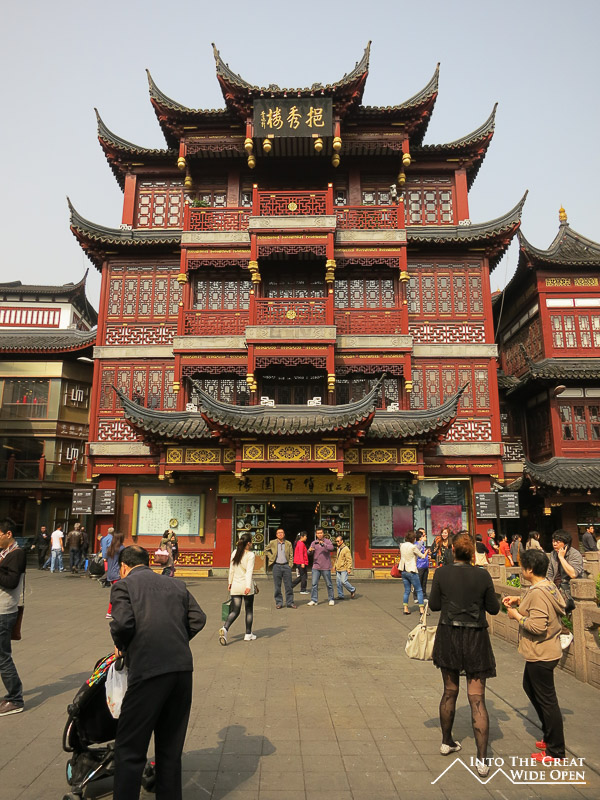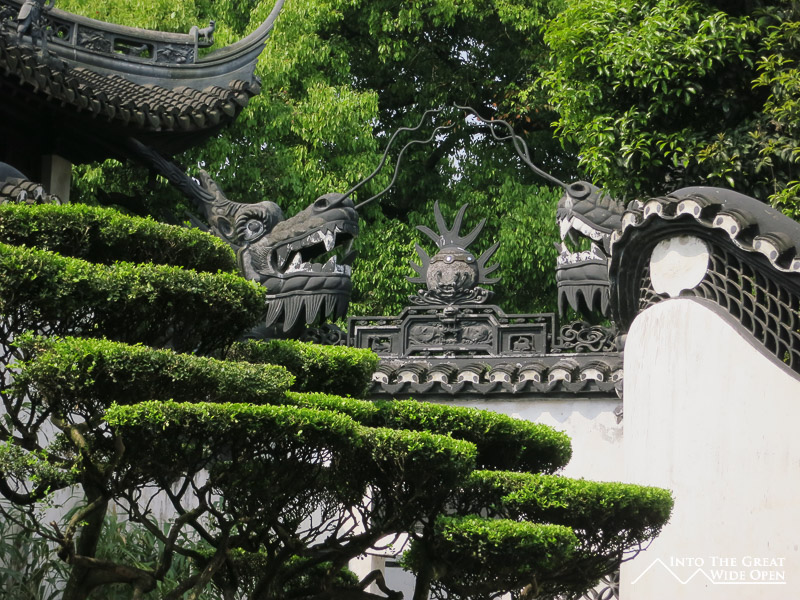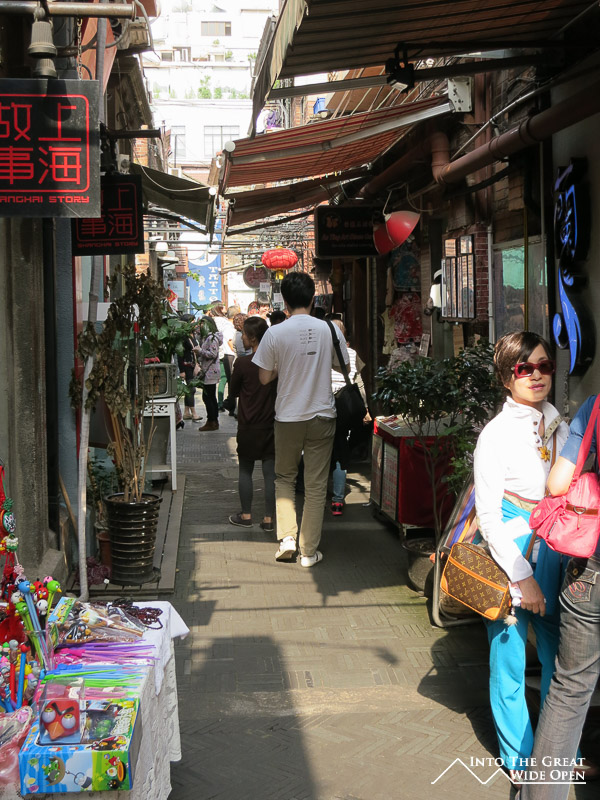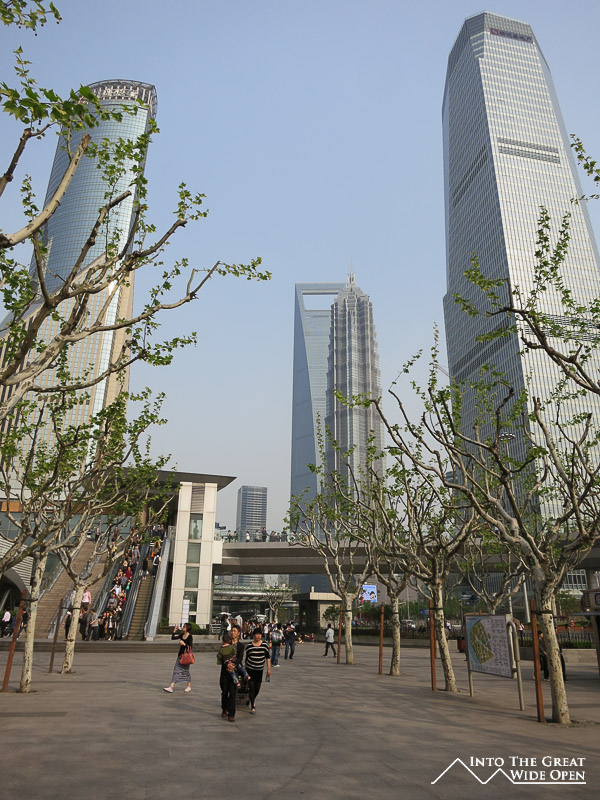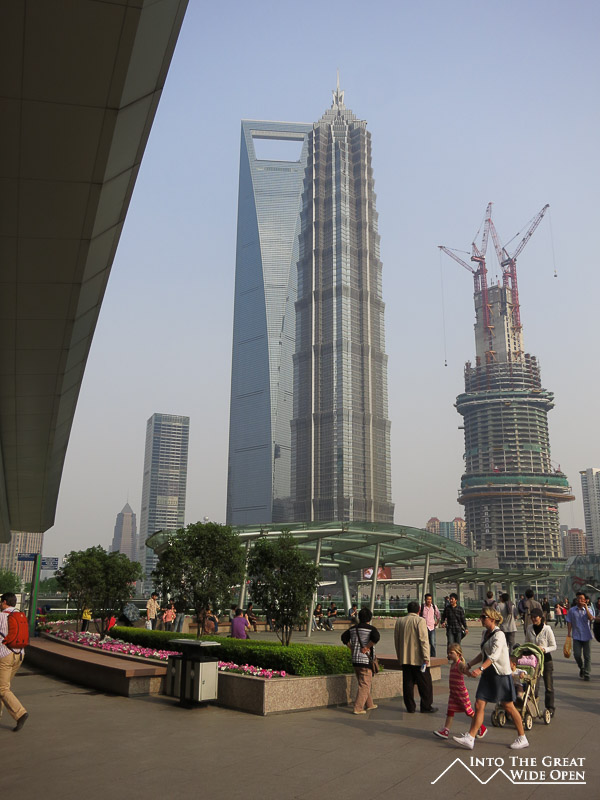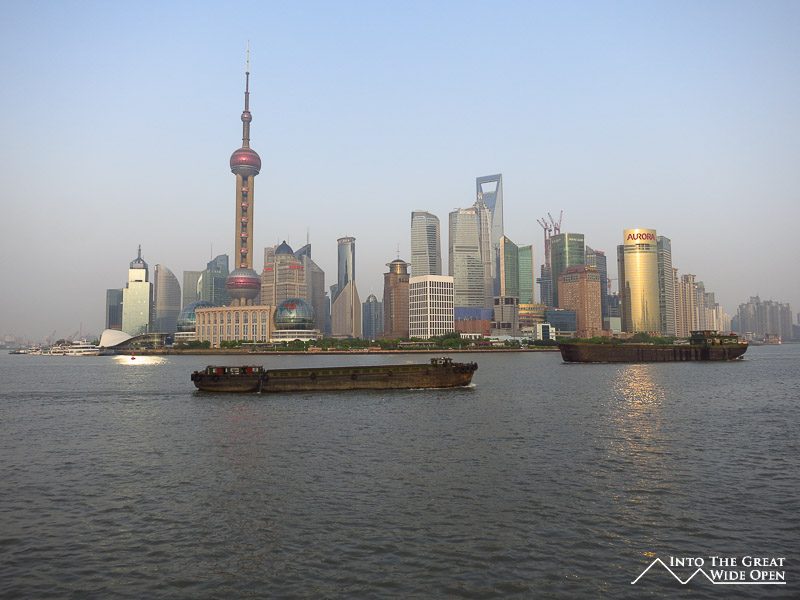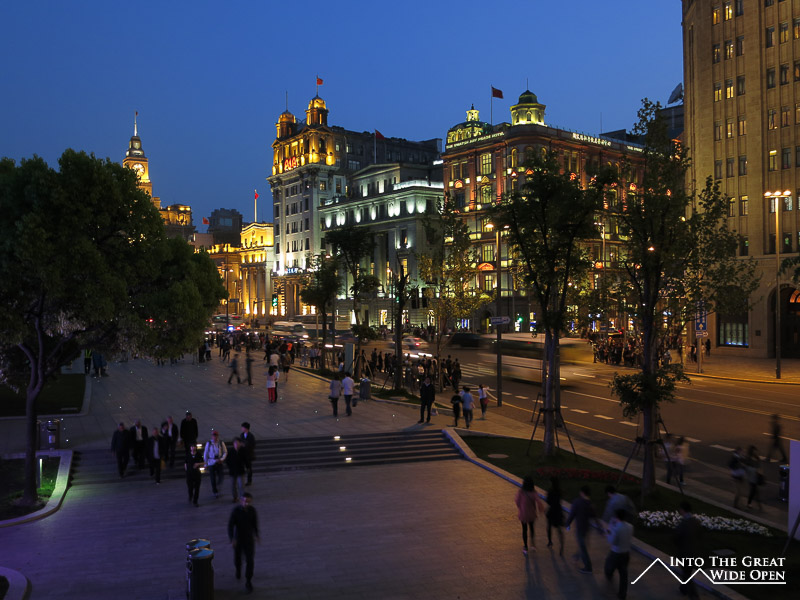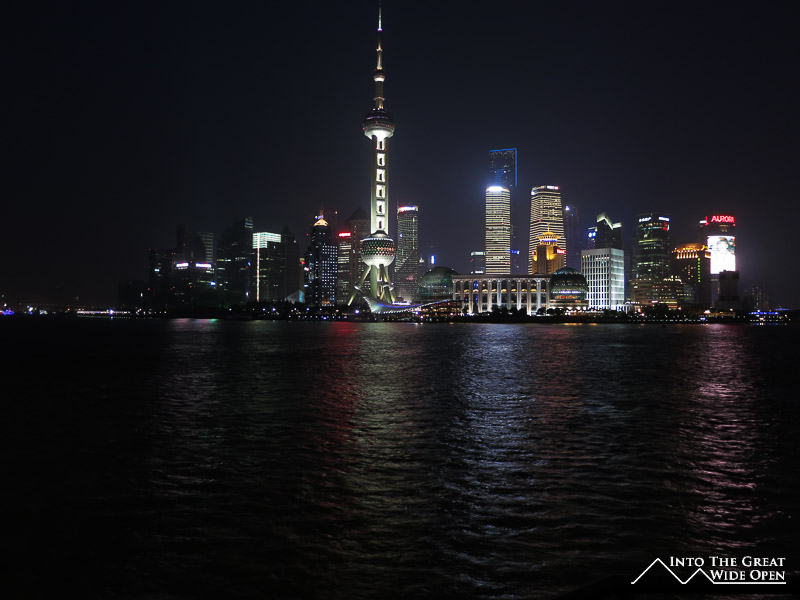Shanghai, China
Gateway to China
April 22, 2012
Walk along the river, sweet lullaby
It just keeps on flowing
It don't worry 'bout where it's going
- The Allman Brothers

If you have never been to China before then Shanghai would probably be a very good place to start. It’s Western enough, at least for China, that it probably won’t scare off many tourists and the ultra-modern architecture almost makes you forget you are in China. I’ve been to China a few times before so in Shanghai I see a theme similar to other Chinese cities, one foot pointed towards the future and the other stuck firmly and stubbornly in the past. For every view of the futuristic skyline of the new area of Pudong, which was a marshland barely 25 years ago, there are back streets where clothes are washed by hand in plastic tubs by the side of the road. While foreign corporations inhabit space in the sleek skyscrapers seeking an opening into the developing Chinese economy there are open counterfeit markets where tourists and Chinese flock to buy bootleg watches, bags, and designer clothes. The complexities of China are evident here more than anywhere else. Vast rows of stores openly display counterfeit wares but apparently there are certain counterfeit goods which are not allowed to be displayed. Each shop therefore protects their cache of Rolex and Omega watches from the police in fake cabinet panels or even inside counterfeit software boxes; I guess the irony of hiding counterfeit goods inside of other counterfeit goods is lost on the proprietors. Some stores even have hidden walk-in rooms found behind false cabinet backs where they display certain brands of handbags. Why these certain goods receive preferential treatment is strange but ultimately irrelevant as they are still ubiquitous.

Despite these open violations many of the same companies victimized by this are still desperate to do business in China; the high-end shopping malls are lined with Louis Vuitton, Rolex, and Omega stores, clearly choosing to disregard what they would never tolerate anywhere else. I guess that’s the draw of a billion-plus person market and the projections of the impact it could have on a company’s financial growth. That new revenue more than anything else is the draw of the big Chinese cities, and from what I have seen recently from Beijing and Hong Kong, the influence of Western culture has made great in-roads. On this trip I am interested in seeing what type of impact this has had in the smaller cities and more remote regions of central and western China. I hope I will find more authentic character rather than the touristy hodgepodge that never seems far away in cities like Shanghai.

While it may be touristy, one thing Shanghai does have going for it is the comprehensive city planning that has allowed it to develop good public transportation networks and maintain a significant amount of parks and open space. This planning and development has led to attempts to link the city’s history with the future. High end shopping areas of Xintiandi and Tianzifang are strewn with stores in traditional buildings and are filled with foreigners and wealthy Chinese. The outreach to international culture is no doubt their appeal but seeing foreigners eating at a Brazilian churrascaria in a recreated colonial building in the heart of Shanghai makes me wonder why those people flew across an ocean or a continent to experience China. On the other hand, at Yuyuan Bazaar I saw locals practicing Tai Chi near a McDonald’s as tourists streamed by in the early morning.
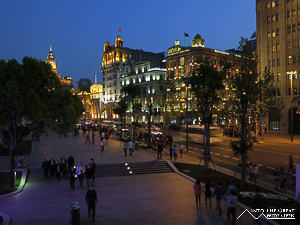
All culture is not lost, at least not in the Shanghai Museum, which houses a superb collection of historical artifacts inside of a modern spaceship-like building. But no area is more typical of Shanghai than the Bund. Strolling down the river embankment in the fading light of early evening one is flanked by colonial buildings on one side and the spectacular skyline of glass, metal, and lights on the other. To walk each side of the river is to imagine the past and the future, but to capture the present is still something amorphous and elusive. If Shanghai’s role in present day China is to remind visitors of the past yet direct their focus on the future, then it provides a compelling gateway into China and an apt starting point for my travels to the west.
